Aglaonema care, the beautiful indoor plant
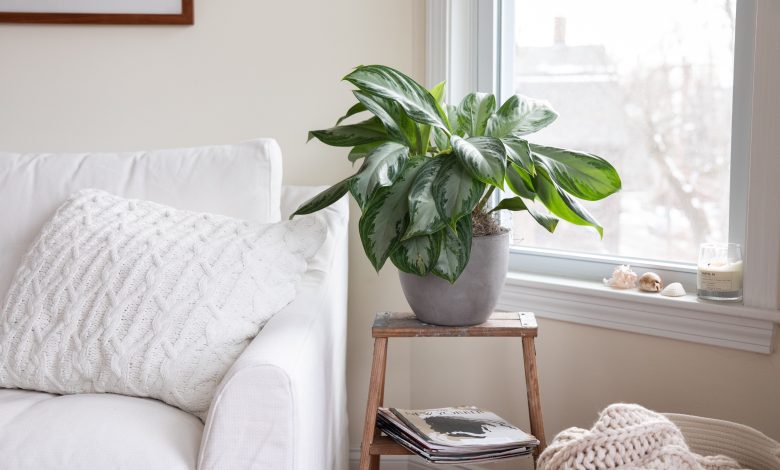
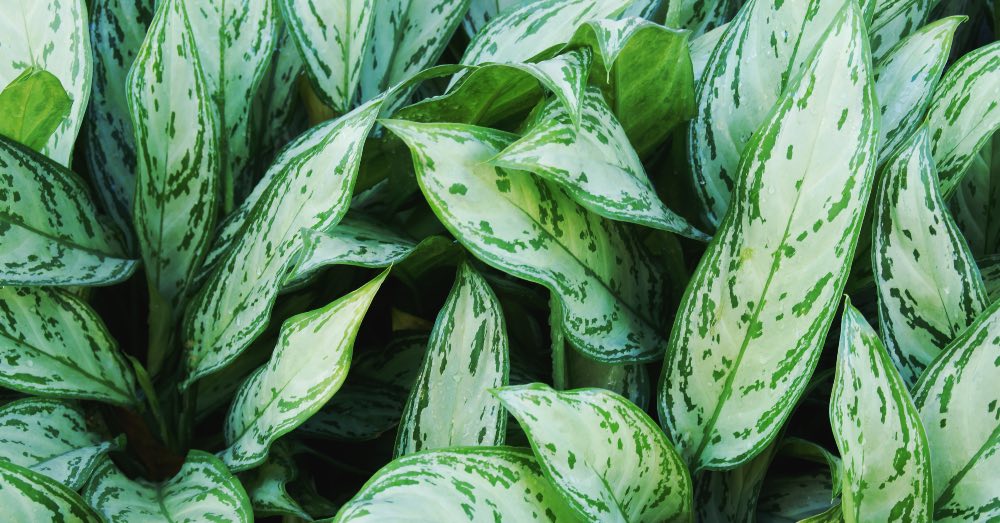
It is the perfect plant for those who want to enjoy lush and striking tropical nature. Beyond its attractiveness, aglaonema care makes it the ideal plant for many homes. Despite appearances, it is not excessively demanding when it comes to light. A detail that makes it an ideal option for interiors that do not have good sunlight. What’s more: its resistance is such that we can even grow it only with artificial light. The perfect option for those who are forced to give up indoor plants due to living in a dimly lit house.
But let’s not rush. As important as knowing the care of aglaonema is knowing a little more about it. Although it may seem secondary, it is interesting to know its origins. We are talking about a family of plants from the tropical forests of South Asia. And, despite appearances, for botany it is a perennial herbaceous plant. Precisely this detail, which is herbaceous, makes this plant that we grow indoors here have two peculiar characteristics. For one thing, it has multiple stems. On the other hand, it can reach a meter in height. Of course: it is not a plant suitable for impatients. Because if something characterizes it, it is precisely its slow growth.
Let’s see in detail the care of aglaonema. A botanical family with many faces in which, for sure! you will find the ideal for your home.
5 AGLAONEMA CARE FOR YOUR WELL-BEING
Beyond the fact that aglanoema care is simple, there are a couple of other aspects that make it irresistible. To begin with, its unique color. Although it is part of the list of green plants, the truth is that its variety of typologies means that there are even species with red or fuchsia leaves. Some tones that make this easy-care potted plant a real natural spectacle to decorate any interior.
But it is not the only detail that makes this plant one that anyone would like to have close by. In addition to its beauty, there is another aspect to take into account: its usefulness. Aglanoema is part of that list of purifying plants that will clean your home. Authentic allies to make the air in our house healthier.
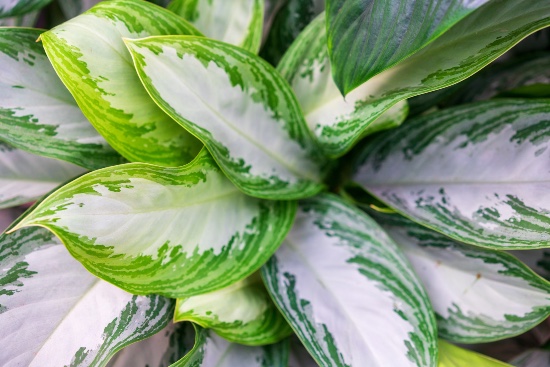
Lastly, a warning. Aglaonema, in any of its variants, is not recommended for homes where there are children or animals. It is a toxic plant in all its parts, and dangerous when ingested. So if there are furry or little ones in our house, it is better to discard it from our selection.
Leaving aside these aspects, let’s see the care of aglaonema. The best way to have your beautiful and useful company for a long time.
1. Light, one of the least complicated cares for aglaonema
As we said before, brightness is not one of the requirements of this green plant. Due to its characteristics, it can live in spaces lacking natural light and thrive in dimly lit spaces. This does not mean that we cannot grow it in a bright space.
Of course: with great care that the sun does not directly affect the leaves. If they do, they could burn and spoil our plant.
2. Irrigation, essential in the care of aglaonema
Without a doubt, the most important care of this plant. The aglaonema is a great lover of water, so it is important to always keep the substrate slightly moist. But be careful with this consideration, because we will not tire of insisting: this is not synonymous with flooding the plant. What’s more: one of the main reasons for the death of this plant is, precisely, an excess of water. For this reason, just as important as closely monitoring the amount of irrigation is to be sure that our aglaonema creta has good drainage.
The correct watering pattern for this plant is simple. In the hot months, we will have to increase it; while in the cold months, we will descend it.
3. The transplant, a task to be carried out every two years
Since it is a slow-growing plant, transplanting is one of the cares for aglaonema that is not particularly rushed. Although in the case of other indoor plants the transplant is urgent, in the case of this Asian beauty we can postpone it. What’s more: it is not recommended to carry it out before two years.
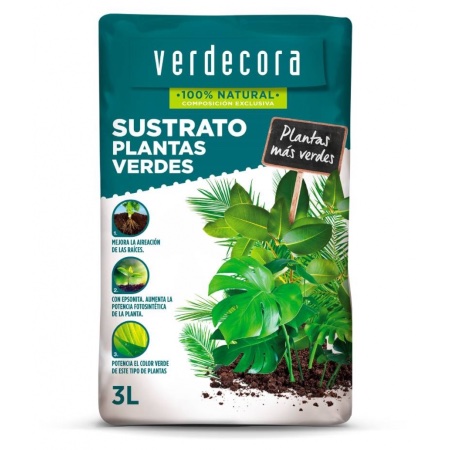
And yes: things are waiting. Because, in addition, we will also have to wait for the ideal moment, which is none other than spring.
4. Environmental humidity, a secondary aspect for this plant
Be careful with this statement because we are talking about a tropical plant. And, although it is true that the aglaonema does not require to be sprayed, it does need a certain degree of humidity in the environment.
Only in this way will we prevent certain pests that take advantage of the dry environment, such as aphids or red spiders, from using it to make an appearance.
5. The subscriber, only in the months of growth
It is the last of the aglaonema care to consider to encourage its growth. Like any other plant, this one also needs a dose of fertilizer from time to time to support its evolution.
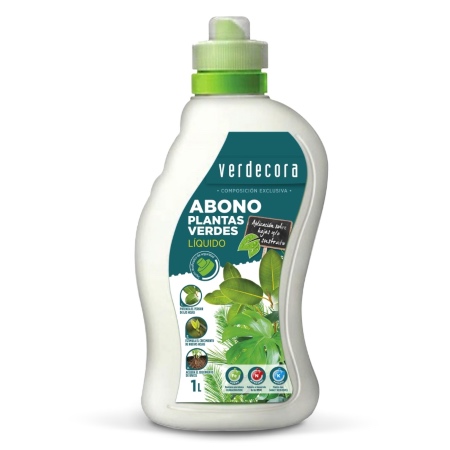
In the case of aglaonema, fertilizer doses can only be relegated to spring. The subscriber outside this time, in which the plant is at rest, is negative for its development.
Do you dare to enjoy this beautiful green plant?


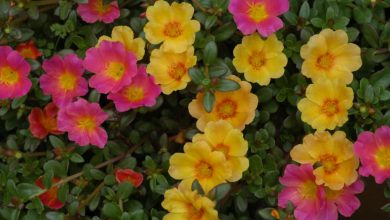
![Photo of White Thistle: [Cultivation, Irrigation, Care, Pests and Diseases]](https://www.complete-gardening.com/wp-content/uploads/2022/08/white-thistle-cultivation-irrigation-care-pests-and-diseases-390x220.png)
![Photo of Zucchini Varieties: [Characteristics and Classification]](https://www.complete-gardening.com/wp-content/uploads/2022/08/zucchini-varieties-characteristics-and-classification-390x220.jpg)